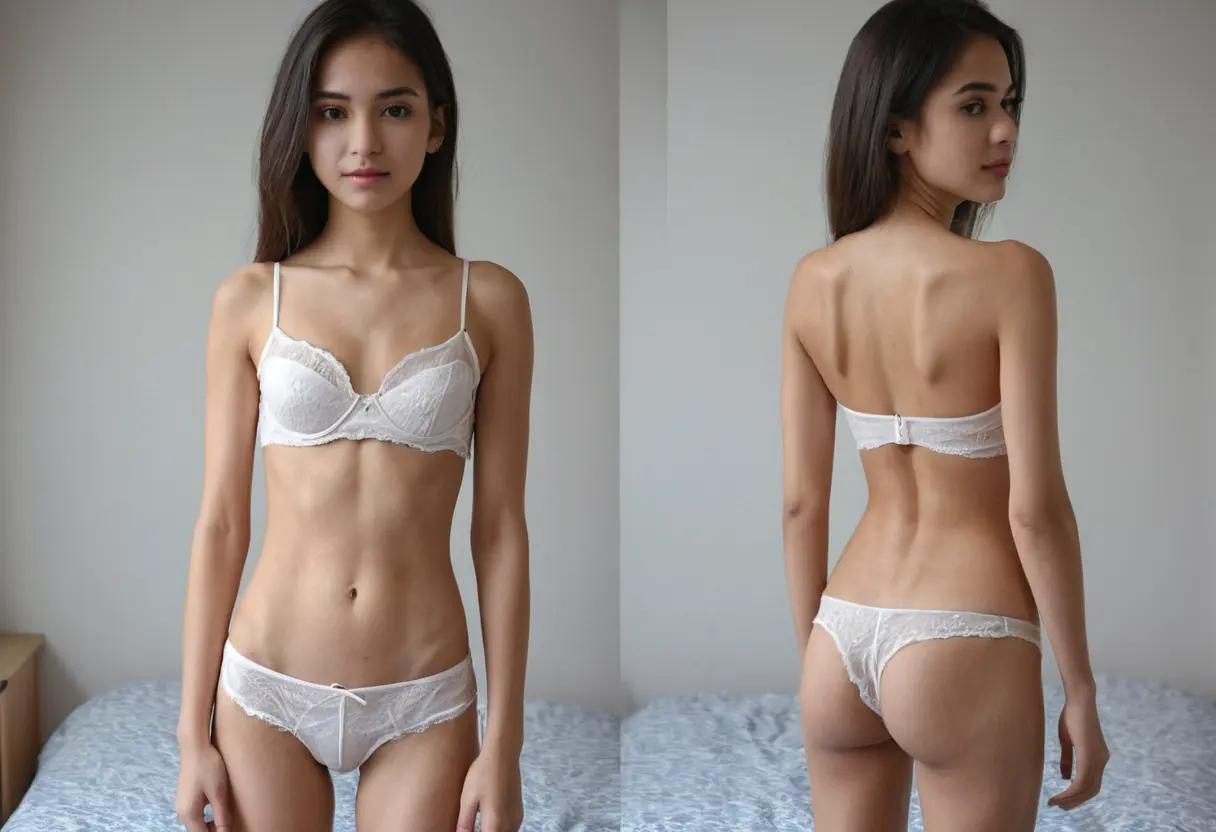
The rise of Artificial Intelligence (AI) technologies has revolutionized various sectors across the globe. One particularly controversial and rapidly evolving area is AI-generated content, particularly in the realm of digital art and media. Among the most sensitive topics is the concept of AI-generated undress, which involves using AI to create or alter images that depict nudity or semi-nudity. This trend has sparked a heated debate within creative industries, with its potential implications for ethics, law, and creativity. In this article, we will explore the various ways AI-generated undress impacts creative industries, from its technological advances to the challenges it poses to artists and content creators. We will also discuss the potential benefits and risks of this innovation, as well as its legal and societal consequences.
AI-generated undress is primarily driven by deep learning algorithms, specifically generative adversarial networks (GANs). These sophisticated AI models learn patterns from a vast amount of image data, allowing them to generate realistic images based on the input they receive. In the case of undress, AI systems are trained on a dataset of nude or semi-nude images, and they can then be used to alter existing images or create entirely new ones that appear to depict nudity.

The process involves two main components: the generator, which creates images, and the discriminator, which evaluates the images against a set of standards to determine their authenticity. Over time, the generator improves its ability to create realistic and convincing images, while the discriminator ensures that the generated content meets the desired quality. This advanced machine learning technique enables AI to produce lifelike results, raising significant questions about the ethics and legality of such content creation.

The use of AI to generate undress in art and media raises several ethical concerns, particularly when it comes to consent, representation, and the role of human creativity. One of the primary issues is the potential for exploitation. AI can easily manipulate or alter images of individuals without their permission, leading to instances of non-consensual pornography or harassment. For example, AI could be used to generate altered images of celebrities or private individuals, stripping away their consent and potentially causing significant harm to their personal and professional lives.

Furthermore, the rise of AI-generated undress poses challenges for traditional artists and content creators. As AI becomes increasingly capable of producing realistic, high-quality images, there is a fear that human artists may be sidelined. AI can generate art much faster and at a lower cost, undermining the value of human-created works. This disruption could lead to a shift in how we perceive creativity and the role of the artist in an increasingly automated world.
The legal implications of AI-generated undress are complex and still developing. As AI technology continues to advance, lawmakers are struggling to keep up with the rapid pace of innovation. Currently, many countries do not have specific laws addressing the use of AI for creating or altering explicit content. This legal gap means that individuals can exploit AI to produce and distribute explicit images without facing immediate consequences.
In some jurisdictions, the creation and distribution of non-consensual explicit content are considered criminal acts. However, the use of AI to create these images complicates matters. For example, if an AI-generated image depicts an individual in an explicit pose but does not directly involve the person, it may not fall under existing laws regarding revenge porn or similar offenses. This creates a significant legal gray area, with potential implications for privacy, intellectual property, and personal rights.
AI-generated undress also has broader societal and cultural implications. On one hand, it could democratize access to adult content creation, enabling individuals without traditional artistic skills to generate their own explicit imagery. This could lead to a greater variety of content and challenge established norms about the portrayal of nudity and sexuality in art and media.
On the other hand, the widespread use of AI to generate undress may reinforce harmful stereotypes and unrealistic beauty standards. Since AI systems are trained on existing data, they often replicate the same biases present in their source material. This could exacerbate issues like body shaming and the objectification of individuals, particularly in cases where AI-generated content depicts women or marginalized groups in sexualized ways.
Moreover, the proliferation of AI-generated undress may contribute to the desensitization of society to explicit content. If AI can produce convincing and highly personalized images, it could lead to a normalization of unrealistic or harmful depictions of nudity and sexuality, affecting how people view real-world relationships and intimacy.
Despite the challenges, AI-generated content also offers potential benefits to creative industries. One of the most significant advantages is its ability to enhance the creative process by providing new tools for artists and designers. AI can be used to generate concept art, create digital fashion designs, or even produce 3D models for virtual environments. These innovations open up new possibilities for creators in fields like fashion, gaming, and film.
Additionally, AI can assist in removing some of the technical barriers that traditional artists face. For example, artists can use AI to create prototypes or explore different creative directions more quickly. This allows for greater experimentation and can lead to the development of new styles and aesthetics that were previously difficult to achieve.
AI-generated undress represents a powerful, yet controversial, development in the intersection of technology and creativity. While it offers significant potential for creative expression and innovation, it also raises complex ethical, legal, and societal challenges. As AI continues to evolve, it is essential for lawmakers, industry leaders, and artists to collaborate in creating frameworks that protect individual rights, promote ethical use of technology, and preserve the integrity of human creativity. Ultimately, the impact of AI-generated undress on creative industries will depend on how society chooses to navigate these challenges while embracing the opportunities that AI presents.